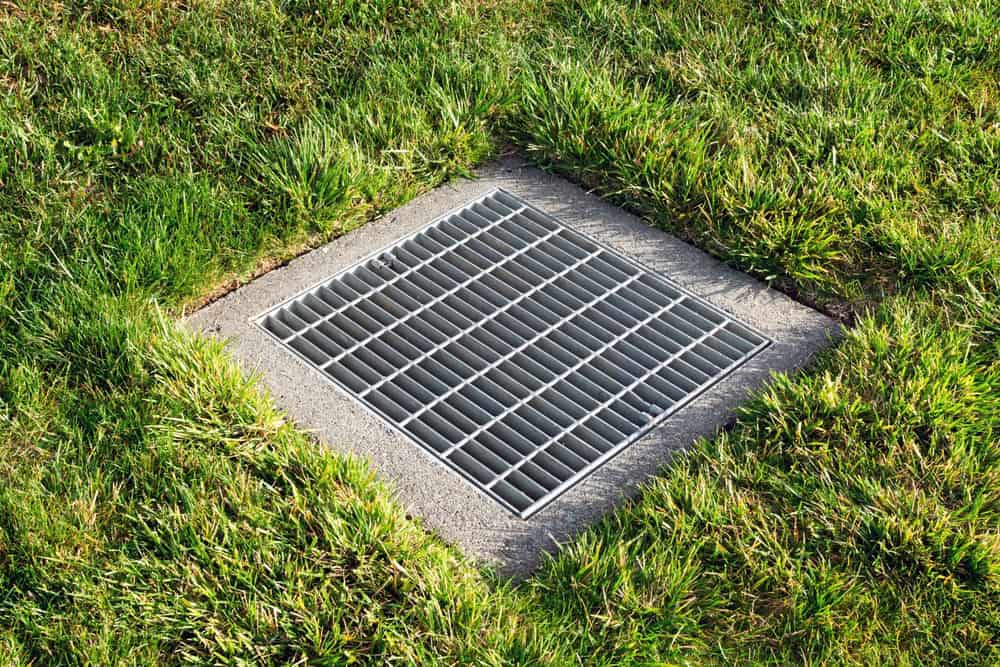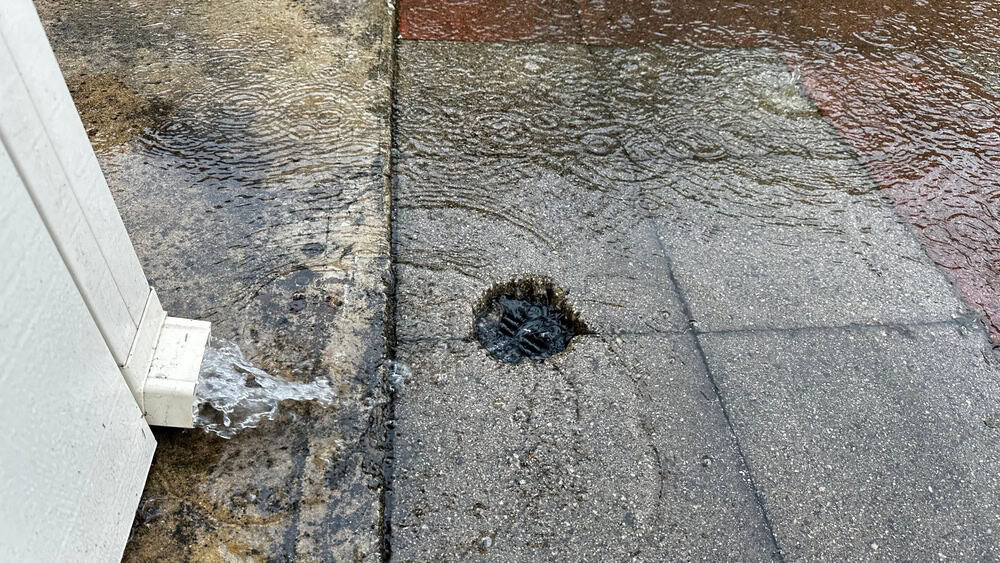Where Does Rainwater Go? Understanding Gutter and Sewer Systems

Rain gutters and downspouts are designed to channel water away from your home, often discharging it into underground piping. While it may look like that water is going into the sanitary sewer, it’s not. Instead, rainwater flows into a storm sewer system, which is distinct from the sanitary sewer system. Here’s how the two systems work and why they’re separate.
Storm Sewers vs. Sanitary Sewers

-
Storm Sewer System:
- Handles rainwater and runoff from roofs, driveways, and streets.
- Routes water directly to rivers, streams, or other bodies of water with no treatment.
- Entry points include street grates (often found in curbs/gutters) and underground piping.
-
Sanitary Sewer System:
- Handles wastewater from toilets, showers, sinks, and other household drains.
- Routes water to a sewage treatment plant for cleaning before safe discharge.
- These systems are completely separate from storm sewers in modern municipal infrastructure.
What About Combined Sewer Systems?

Older systems, found in some very old cities or neighborhoods, may combine both stormwater and wastewater into a single sewer system. These “combined sewers” were common before modern sewage treatment methods. However:
- Combined systems are mostly obsolete and have been replaced over time to reduce overflow problems and pollution during heavy rains.
- Today, problems can occur if sewer systems age or degrade and inadvertently mix storm and sanitary flows.
How Does Gutter Discharge Work in Rural Areas?

For homes in rural locations, there are no municipal storm sewer systems. Instead:
- Rainwater from gutters is often routed below grade via underground piping.
- The pipes typically discharge to a lower spot, such as the side of a hill, a ditch, or into the soil.
- The goal is simply to direct water well away from the home to prevent flooding or soil erosion around the foundation.
Another benefit is knowing if your house has any problems that could have been missed during construction. Your home inspector might find water infiltration, mold or mildew, or mineral deposits in your foundation and basement walls that were missed during construction. These discoveries can prevent you from wasting time and money later on down the line when these problems start showing up unexpectedly.
Key Points to Remember for Sewer Systems

- Modern municipal sewer systems always separate stormwater and sanitary water to reduce environmental impact and streamline wastewater treatment.
- In rural areas, rainwater from gutters typically discharges to natural drainage areas or the surrounding landscape.
- Check the curbs in front of your home for grates to confirm whether rainwater in your area flows into an underground storm sewer system.
Understanding how gutter and sewer systems work can help you maintain proper drainage around your home and appreciate the role of municipal infrastructure in managing stormwater safely!
Another risk is that the inspection may identify serious problems with the house, such as lead paint or asbestos. If there is anything like this present, your buyer will likely walk away from the purchase if they find it out before they move in.
Risks aside, there are many benefits to having a home inspection of your property.
Of course it will give potential buyers peace of mind so they don’t have to worry about any hidden problems when moving into their new home — but it will also give them insight and understanding into what kind of work needs to be done and what maintenance they can expect after purchasing the home.